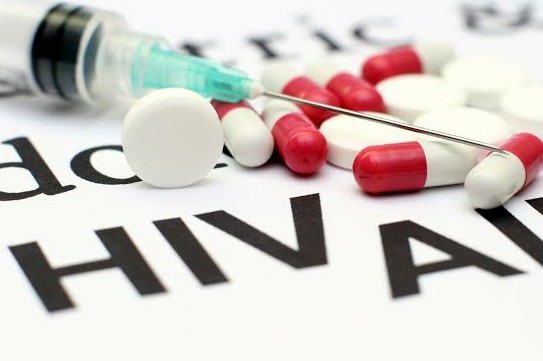Study Says SA Teenagers Being Treated For HIV Have Rised By 10 Times. The amount of the youth getting HIV treatment in South Africa has risen by 10 times within a decade, according to a study.
The amount of the youth getting HIV treatment in South Africa has risen by 10 times within a decade, according to a study. South Africa reportedly has the biggest amount of HIV positive individuals around the globe. The country has about 7.2 million people who have the virus, which leads to AIDS.
The examiners have looked at over 700 000 young people getting treatment for the virus. It was discovered that 10-fold of the amount of teenagers aged between 15-19 are being treated for HIV as compared to 2010. The correspondents of the study, that was released on the The Lancet HIV journal ascribed the increase relatively due to the success of AIDS prevention programmes that conclude in better finding and treatment numbers.
The study has also discovered that below 50% of the youth in south Africa who tested positive for HIV care go on to antiretroviral therapy, which can avert the transference and halts a patient from moving onto AIDS. University of Witswatersrand and the report’s guiding correspondent, Mhairi Maskew, says, “Despite the upswing in numbers initiating therapy, barriers persist that prevent many adolescents from starting treatment.” The barriers involve concerns such as the prevalent feeling that clinics cannot pledge to patient confidentiality and the risen domestic responsibilities for the youth, significantly in families where kids have lost parents due to HIV and AIDS.
The research discovered that even though the ones that were diagnosed with HIV were approximately separated by gender, nine within 10 of them that were actually getting treatment were girls. The correspondents say that this was in harmony with the high amount rate of sexually-transmitted HIV virus in young girls as compared to young boys. Even though the amount of AIDS death has decreased around the world, the International Aids Commission has cautioned in 2018 about a rise if the globe’s growing teenage population is not protected.
by Alexandra Ramaite












